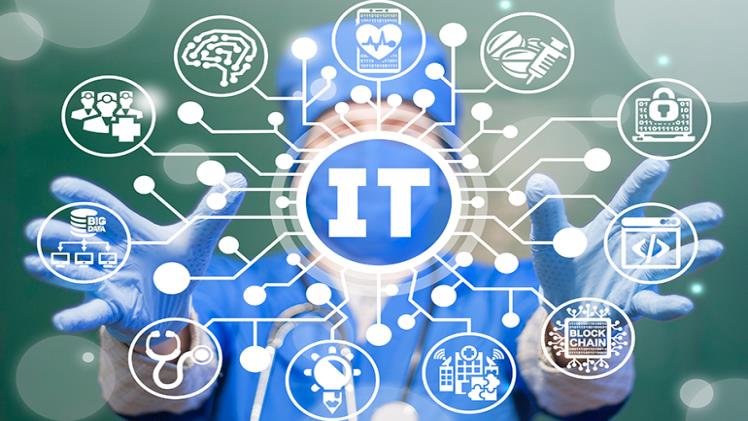Compliance doesn’t end with the certificate—it’s more like holding a lease that needs constant care. Keeping that CMMC Level 2 badge isn’t just about passing once and coasting. It’s about proving, again and again, that your organization still earns it through updated records, habits, and preparation.
Periodic Verification of SSP Accuracy to Maintain CMMC Level 2
Your System Security Plan (SSP) is a living document, not a one-time checklist. To meet ongoing CMMC level 2 compliance, it must reflect the current state of your organization’s infrastructure, policies, and processes. Periodic verification means regularly comparing what’s written in the SSP with what’s actually happening inside your systems. Outdated firewalls, shifted responsibilities, or added cloud services—if it’s not in the SSP, you’re out of alignment.
For companies working closely with a CMMC RPO, this process usually includes reviewing new system components, updated access controls, and revised network boundaries. These changes often happen quietly in the background as teams evolve, so without deliberate review, they go unnoticed. A c3pao will expect your SSP to mirror your actual environment during reassessments, which means skipping updates can delay or jeopardize renewal.
Mandatory Review and Update of POA&M for Continuous Compliance
The Plan of Action and Milestones (POA&M) tracks what hasn’t been fully implemented yet—and how you plan to get there. CMMC level 2 requirements demand that this isn’t just a placeholder document. It should show realistic timelines, responsible parties, and documented progress. Allowing a POA&M to sit untouched for months signals a lack of follow-through, even if your original assessment went well.
Reviewing and updating the POA&M consistently ensures that open items are addressed in a meaningful timeframe. Whether it’s patching a vulnerability or replacing a legacy tool, each milestone should move the needle closer to full implementation. A CMMC RPO can help identify where progress has stalled and assist in aligning project timelines with compliance targets, all while preparing your organization for the level of scrutiny expected during revalidation by a c3pao.
Essential Documentation Audits Required for Certification Renewal
Documentation is what separates a well-prepared contractor from a risky one. Everything from policies and procedures to training logs and system configurations must be ready for review. These internal audits help confirm that your team isn’t just checking boxes but is actively maintaining the standards set by CMMC level 2 requirements.
Auditing your documentation on a scheduled basis allows you to catch gaps before a formal reassessment. This could mean discovering a missing incident report or realizing a third-party vendor’s certificate has expired. With the help of a trusted CMMC RPO, these internal checks become a strong foundation for facing any c3pao inspection. It’s a proactive habit that reinforces your credibility across contracts.
Evidence Submission Requirements for Ongoing CMMC Validation
During renewal, it’s not enough to say you’re secure—you have to show it. Evidence matters. That includes screenshots, system logs, policy updates, and even meeting notes that prove compliance activities are taking place regularly. The goal is to demonstrate that your controls aren’t theoretical—they’re active, tracked, and measured.
Submitting this kind of evidence isn’t just about quantity; it’s about showing that practices align with CMMC compliance requirements. Having a solid archive of past controls, records, and remediations can also make renewal faster and smoother. A c3pao needs to see that you’ve kept the same standards—or better—since your last assessment.
Role of Continuous Control Monitoring in Sustaining Level 2 Status
Your cybersecurity controls shouldn’t just exist—they should be observed, measured, and adjusted continuously. Continuous control monitoring means that your systems are not just protected but are also being watched for irregularities. This approach helps organizations react faster to incidents, and it proves that compliance isn’t just theoretical—it’s operational.
For organizations targeting long-term CMMC level 2 compliance, monitoring isn’t optional. It’s expected. Automation tools can help here, but so can regular check-ins from your internal security team or a CMMC RPO. Whether through daily logs or monthly reviews, demonstrating control visibility is a key part of staying compliant in real-time.
Reasons Ongoing Staff Training Supports CMMC Level 2 Compliance
Technology alone doesn’t meet compliance standards—your people do. CMMC level 2 requirements expect that everyone handling sensitive data understands their responsibilities. That includes basic cyber hygiene, recognizing phishing threats, reporting suspicious behavior, and following proper access protocols. One weak link can break an entire system, which is why training is a permanent fixture in compliance.
Regular training sessions, role-based awareness, and updated onboarding processes keep staff aligned with evolving risks and procedures. It’s not enough to train once and assume everyone remembers—training must be scheduled, documented, and relevant to each person’s job. These efforts go a long way in satisfying c3pao expectations during reassessments and help build a security-first culture.
What Factors Influence the Effectiveness of Incident Response Preparedness
Incident response isn’t just about reacting—it’s about how quickly and accurately you respond. Key elements include clear communication paths, documented roles, pre-approved playbooks, and accessible reporting systems. If a threat is detected, how fast your team moves can determine the level of damage—and whether your CMMC level 2 compliance stays intact.
An effective response plan is tested regularly. Tabletop exercises, post-incident reviews, and scenario planning help refine reaction times and reduce uncertainty. Without these ongoing drills, even a good plan can collapse under pressure. CMMC RPO guidance helps keep these activities practical and audit-ready, ensuring your organization proves readiness beyond just paperwork.





